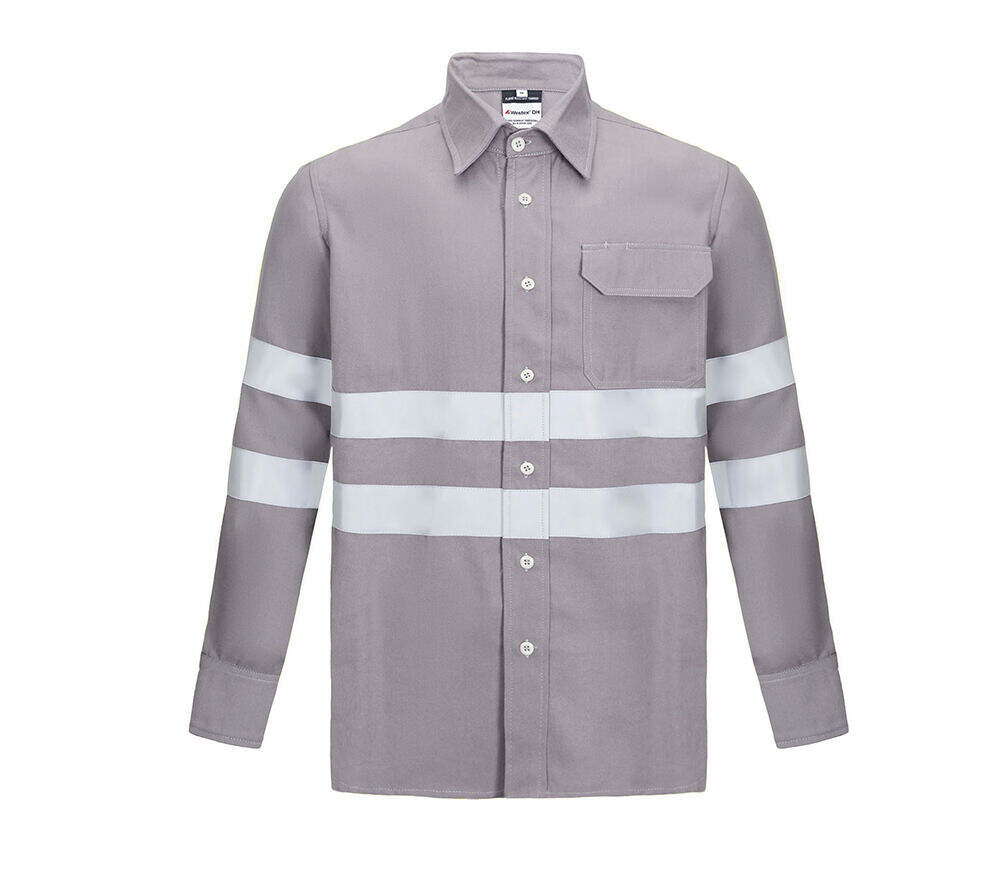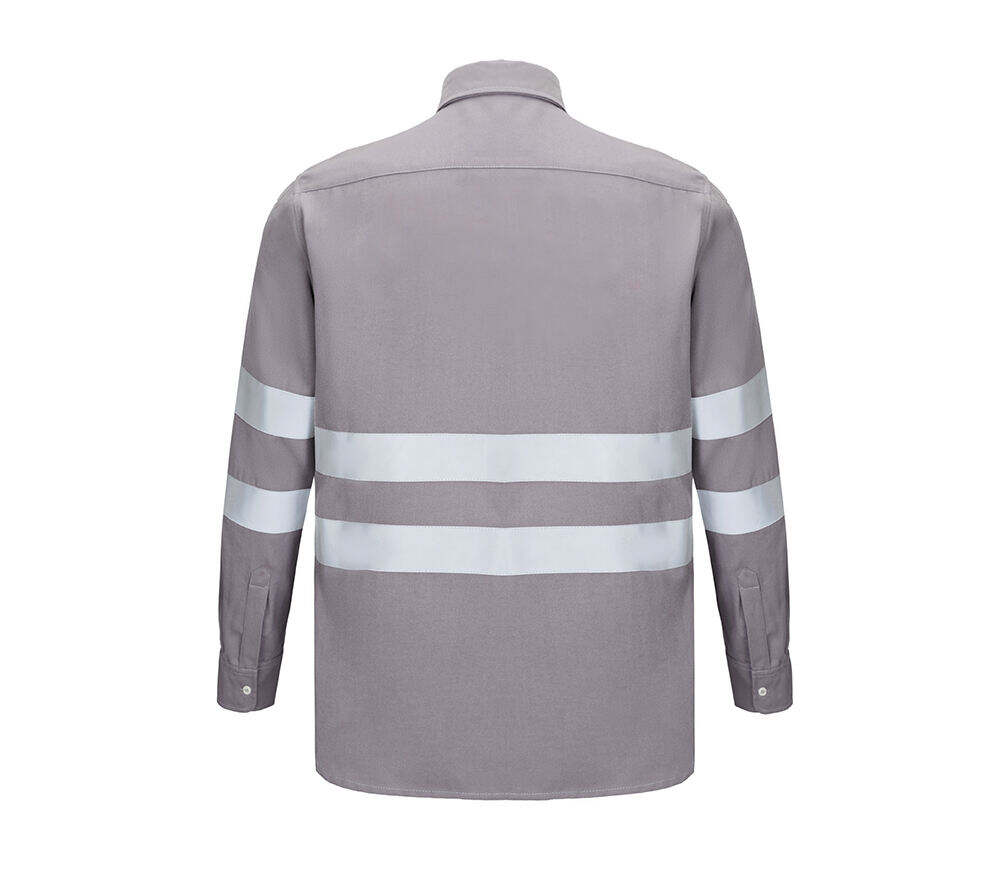In industries where the risk of arc flash incidents is high, such as electrical power generation, transmission, and distribution, multi - layer arc flash safety clothing provides an enhanced level of protection for workers. Multi - layer arc flash safety clothing combines different materials and layers to create a barrier that can better withstand the intense heat, flames, and molten metal splash associated with an arc flash.
The concept behind multi - layer arc flash safety clothing is to use the synergistic effects of different materials to improve the overall protection. Each layer in the clothing serves a specific purpose. The innermost layer is usually made from a moisture - wicking fabric that helps to draw sweat away from the body, keeping the worker dry and comfortable. This is important because moisture can reduce the effectiveness of the flame - resistant properties of the outer layers. The middle layer or layers are typically made from high - quality, flame - resistant materials, such as aramid (e.g., Nomex) and modacrylic blends. These materials provide the primary protection against the thermal energy of an arc flash. They have excellent heat and flame resistance and can withstand high temperatures without melting or degrading.
The outermost layer of multi - layer arc flash safety clothing is often designed to provide additional protection against abrasion, tears, and molten metal splash. It may be made from a heavier - duty fabric or have a special coating that enhances its durability. Some outermost layers may also have reflective strips or patches to improve the visibility of the worker in low - light conditions or from a distance.
One of the advantages of multi - layer arc flash safety clothing is that it can provide a higher arc rating compared to single - layer clothing. The arc rating is a measure of the clothing's ability to protect against the thermal energy of an arc flash. By combining multiple layers of flame - resistant materials, the overall arc rating of the clothing can be increased, providing greater protection for the worker. This is especially important in high - risk environments where the potential arc flash energy is high.
Multi - layer arc flash safety clothing also offers better thermal insulation. The multiple layers trap air between them, creating an insulating barrier that helps to keep the worker's body heat in during cold weather and protects against the intense heat of an arc flash. This can reduce the risk of heat stress and improve the worker's comfort, allowing them to work for longer periods without feeling fatigued.
In addition to its protective and insulating properties, multi - layer arc flash safety clothing can also be designed to be comfortable and flexible. The layers are often constructed in a way that allows for a full range of motion, so workers can move freely and perform their tasks without feeling restricted. Some clothing may have adjustable features, such as waistbands, cuffs, and collars, to ensure a proper fit.
When selecting multi - layer arc flash safety clothing, it's important to ensure that it meets the relevant safety standards, such as NFPA 70E in the United States. These standards specify the minimum arc ratings and other performance requirements for arc - flash protective clothing. Look for clothing that is certified to meet or exceed these standards to ensure that it provides the necessary level of protection.
Regular inspections of multi - layer arc flash safety clothing are essential to check for any damage or wear and tear. The layers should be inspected for signs of fraying, holes, or damage to the reflective elements. If any damage is found, the clothing should be repaired or replaced immediately to maintain its effectiveness.
In conclusion, multi - layer arc flash safety clothing is a valuable option for workers in industries with high arc flash hazards. By combining different materials and layers, it provides enhanced protection, better thermal insulation, and improved comfort, helping to ensure the safety and well - being of workers in these challenging environments.


